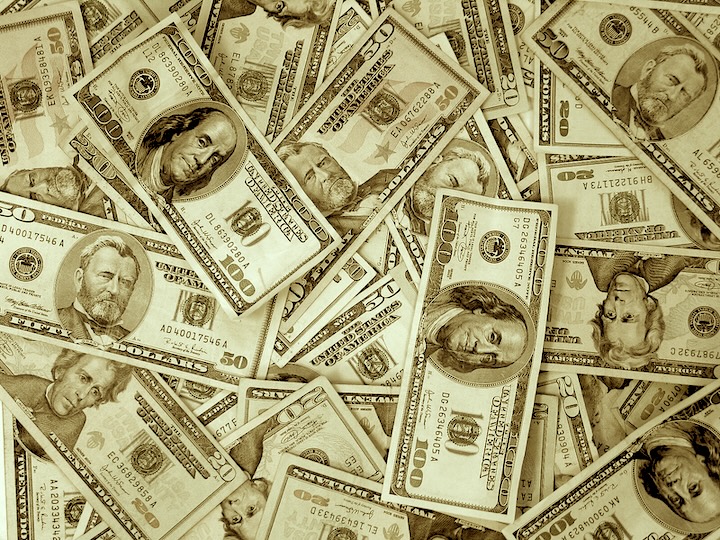TRUTH MATTERS… Donate to support excellence in student journalism
The darkness of junior Andrea Dedace’s bedroom is only interrupted by the soft glow of her phone screen. Lying on her side, one hand is occupied with occasional upward flicks to the screen, leaving the other unbothered.
She’s stuck between a cycle of double-tapping, saving videos, reposting or sharing with others.
Dedace spends hours on TikTok, not just consuming content but considering how she might benefit from the platform’s Creator Fund.
Many turned to TikTok to alleviate boredom during the pandemic. Its personalized algorithm and short-form videos quickly made the platform addictive, leading to a surge in popularity.
With a steady income generated from business and product advertisements, TikTok sought ways to compensate its creators, which led to the creation of the TikTok Creator Fund.
Launched in July 2020, this program was seen as a reward for the app’s most prevalent creators, providing them a sense of financial security based on the statistics of their content.
To qualify for this fund, creators must be over 18, post original content that adheres to the app’s terms of service and community guidelines, obtain a minimum of 10,000 followers and at least one video with over 100,000 views posted 30 days before applying.
It’s estimated that the TikTok Creator Fund pays an average of three cents per 1,000 views, excluding artificially inflated counts from bots or scripts.
Creators like Hank Green, who has eight million followers and creates educational and social commentary videos, have used their platforms to express their distaste towards the program, explaining how the payment is static and unjust.
Because many other creators agreed with Green, adding complaints of their own, TikTok modified their system.
This led to the launch of the TikTok Creator Rewards Program in last year
As a content creator herself, Dedace appreciates the benefits of the new program, which has provided more advantages for creators than the previous version.
“I like the TikTok Creator Rewards Program,” Dedace said. “A lot of teenagers and young adults are on the app and it’s an easy way to make money at home. People put lots of effort into creations, and that definitely deserves monetization.
The program’s eligibility requirements align with those of the TikTok Creator Fund, except for changes in video length criteria. Now, videos must exceed one minute, encouraging creators to produce longer content.
The TikTok Creator Rewards program also introduced new monetization opportunities and better payment. This program included the opportunity to utilize LIVE Gifts and subscriptions as well as introduced the TikTok Series and TikTok Pulse.
While the TikTok Series allows creators to hide a compilation of videos behind a paywall, TikTok Pulse is an advertising tool that places your ads next to content it’s relevant to and popular at the moment.
Now, based on how many views a video garners, payouts can average six dollars per 1,000 views.
Highlighting the program’s increased payout, creators in the program say they’ve earned up to $1,000 per million views.
Yet some creators still feel as though the requirements should be changed, saying that the age limit, follower count and view count to join the program were too high.
Despite unavoidable criticism, many creators do believe that the program has positively impacted them financially. Because the program encourages creating longer videos, those who adhere to this have found their videos prioritized by the algorithm.
Overall, the shift in concepts has led to creators benefiting from doing what they love on a daily basis.
By upgrading the pay rate and looking for ways to improve the system, it’s clear that TikTok is grateful for those who make the app what it is today.
“Although there is content on TikTok that is very generic, the creations that are artistic or well-made should definitely receive monetization, which the creators deserve,” Dedace added.
This article originally appeared in the Fall 2024 print edition.



